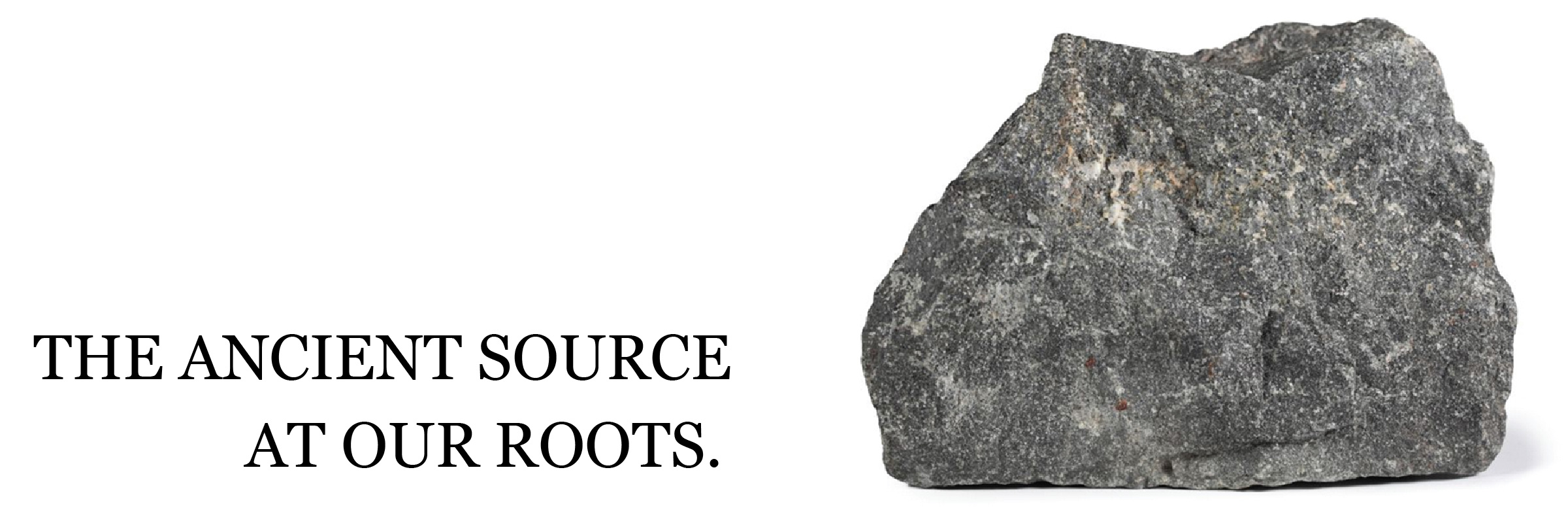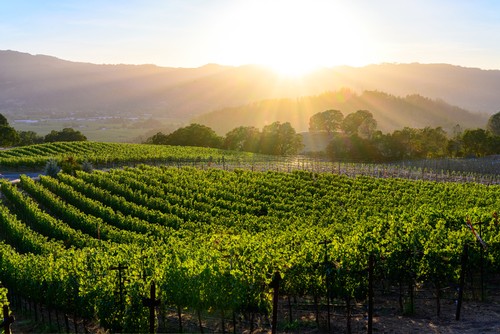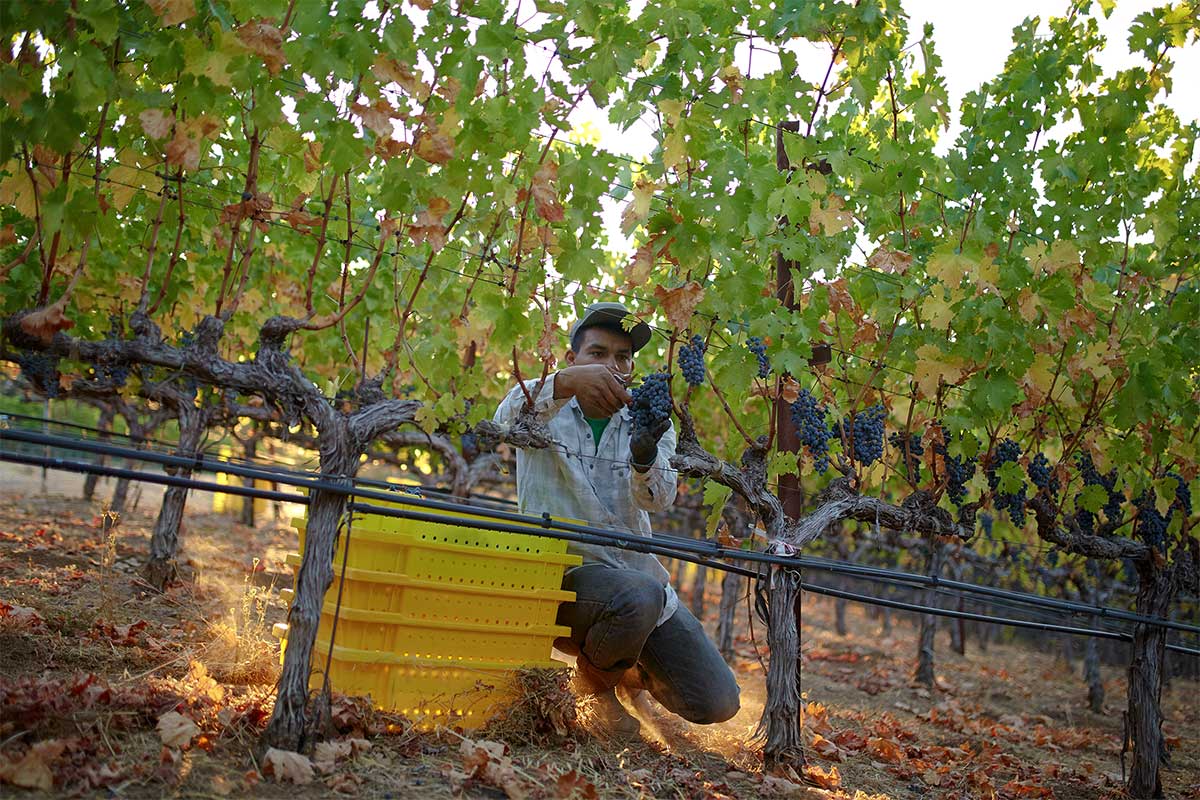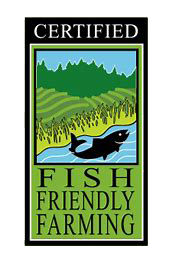
The land of Denali Estate was formed 2.5 to 5 million years ago from volcanic activity that created the mountains on the east side of Napa Valley. The earth then experienced a cooling and ice formed at the poles. The North and South American tectonic plates joined to create the Atlantic and Pacific oceans and the Mediterranean Sea became grassland for several million years.
Also at that time, the volcanic rock and ash at Denali Estate began to weather into Rhyolitic tuff, gravel, and cobble, making soil ideal for growing Cabernet Sauvignon.

Vineyard Overview
The Denali Estate vineyard is planted into eight blocks of Cabernet Sauvignon with our oldest vines dating back to 1993. Since purchasing the property, all but two acres have been redeveloped or newly planted. The vineyard’s five clones of Cabernet Sauvignon provide winemaker Jean Hoefliger with the foundation to produce wines of great complexity, nuance, and elegance.
Farming
Denali Estate is sustainably hand-farmed and certified in the Fish Friendly Farming program to improve water quality and restore fish and wildlife habitat.
Living on our hillside vineyard, the health of our surroundings is essential to our overall well-being. Our farming intention is to promote soil health, prevent soil erosion, and alleviate the need for harmful inputs.
The vineyard floor is planted to a richly diverse cover crop to improve soil biology and prevent erosion each winter.

To further address erosion and reduce water usage, primary and secondary drip irrigation was installed throughout the vineyard. NVDI aerial imaging identifies weak areas so irrigation is focused to just the vines needing water.
No-till farming and natural composts help promote better microbial activity and organic matter. Our integrated pest management practice includes weekly scouting for unwanted pest populations and the use of pest mating disruptors. Weeds are removed with under-vine implements rather than herbicide sprays. The effects of summer’s heat spikes are tamed using shade cloth and a misting system.
Sustainability is an ongoing goal, and we continue our path to a fully realized sustainable model.
To learn more about the Fish Friendly Farming Certification Program, please visit:
